Cuzco – Former capital of the Incan Empire
Cuzco – Former capital of the Incan Empire
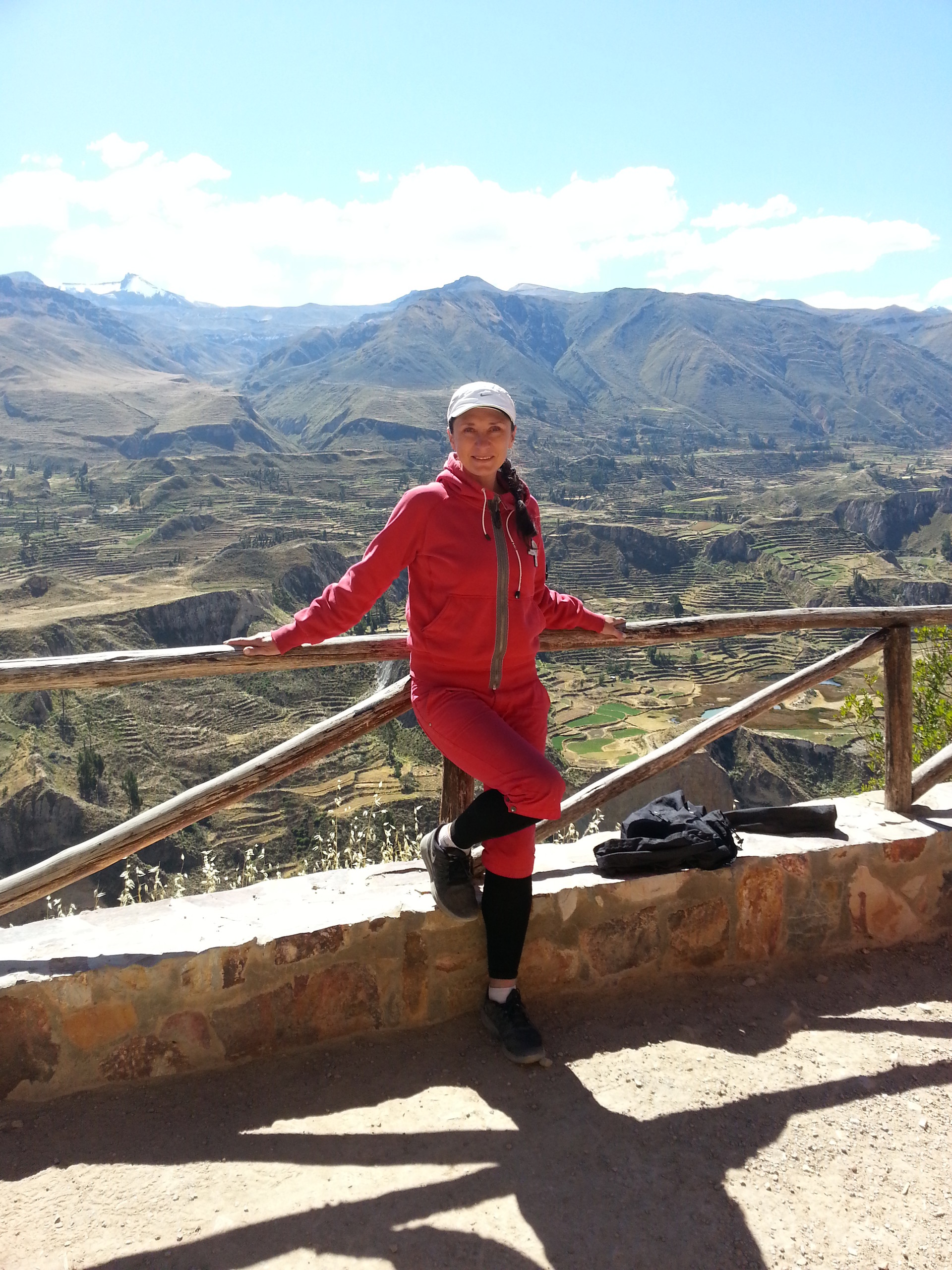
We were traveling to Cuzco in a luxury Cruz del Sur bus with leather chairs and “first-class” service when I started to feel stuffiness and pain in my ears.
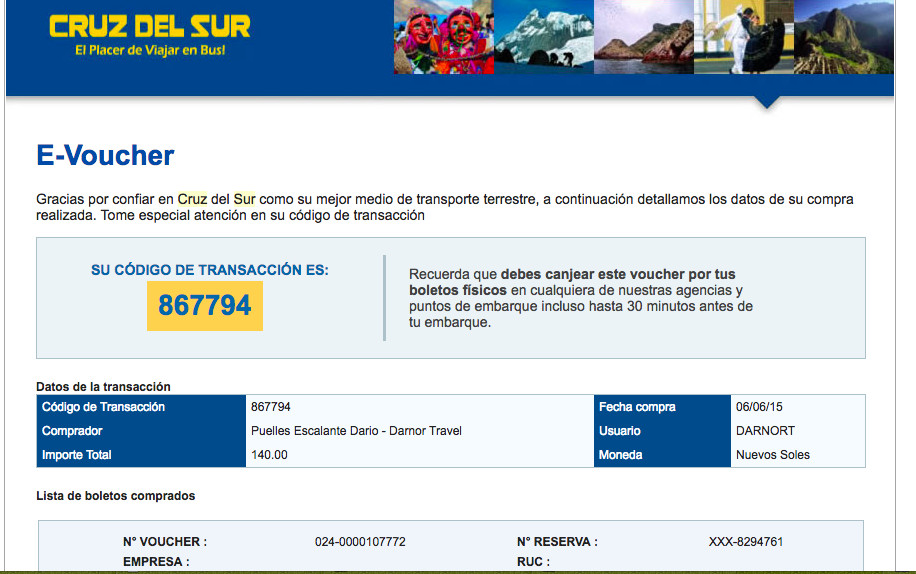
These sensations reminded me of taking off in old airplanes, when you’re supposed to swallow or to close your nose and blow air through your ears to unplug them.
We arrived at Cuzco in the morning.
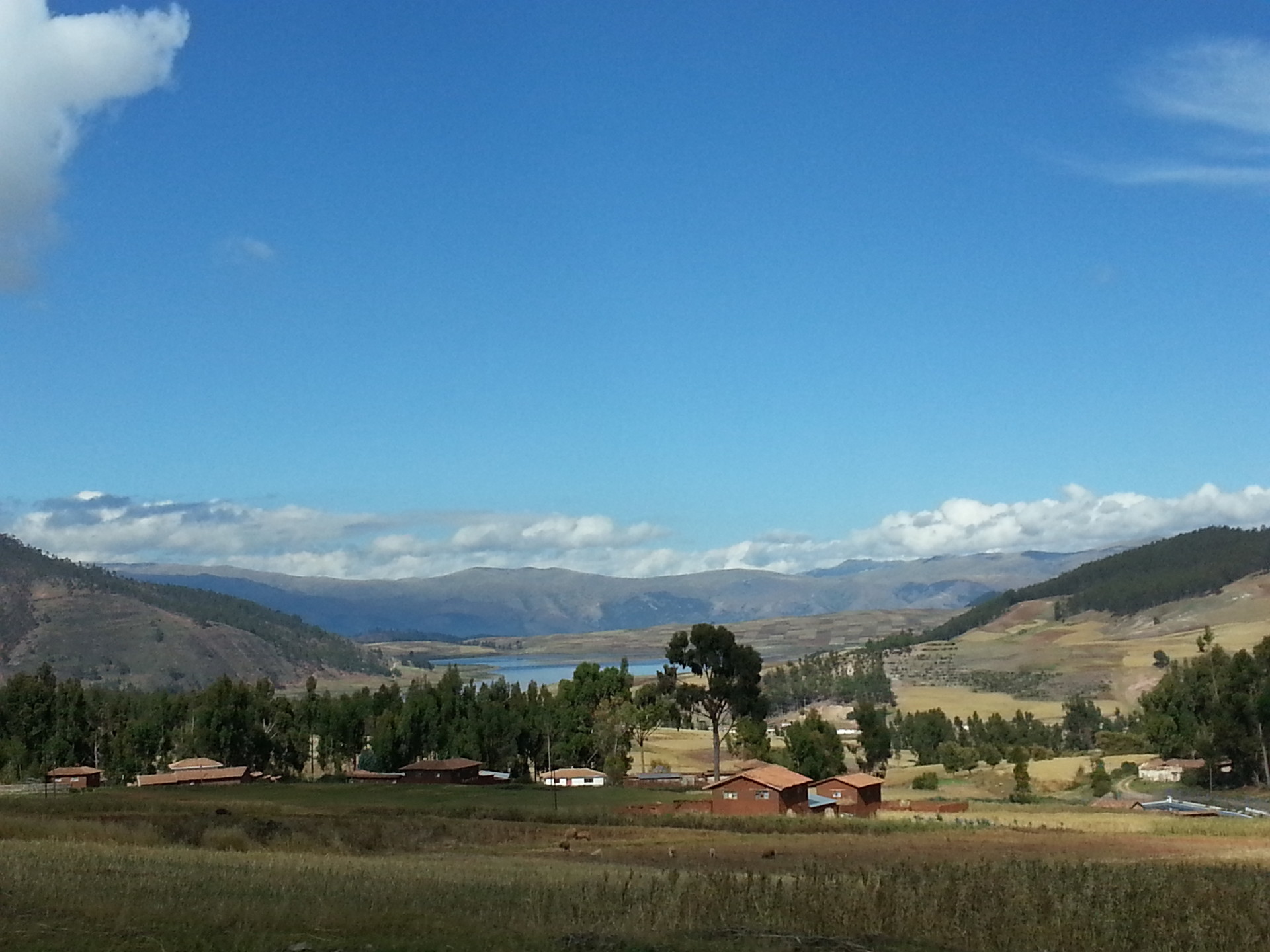
In addition to the pain in my ears, I didn’t feel good. For my headache, I took a painkiller, which was helpful. I arrived at the Hostel Kilombo, which I had reserved on booking.com.
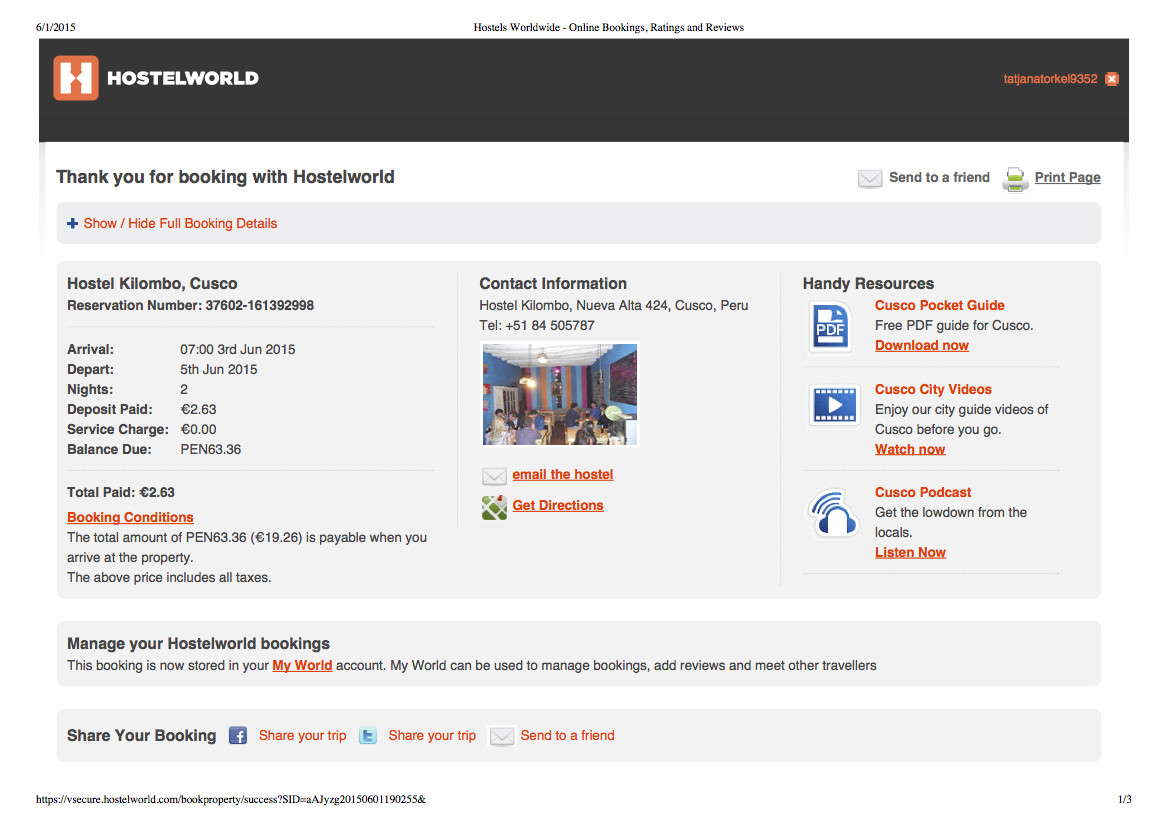
The hostel was located in the very center of Cuzco, at Nueva Alta 424. That painkiller was the only one I took during my stay in the city. By following advice to drink a lot of water and coco tea, I felt well enough to climb the highest hills of Cuzco.
Highlights of Cuzco
Cuzco has a charming colonial-style city center with the lovely Plaza de Armas, as well as several beautiful cathedrals and churches.
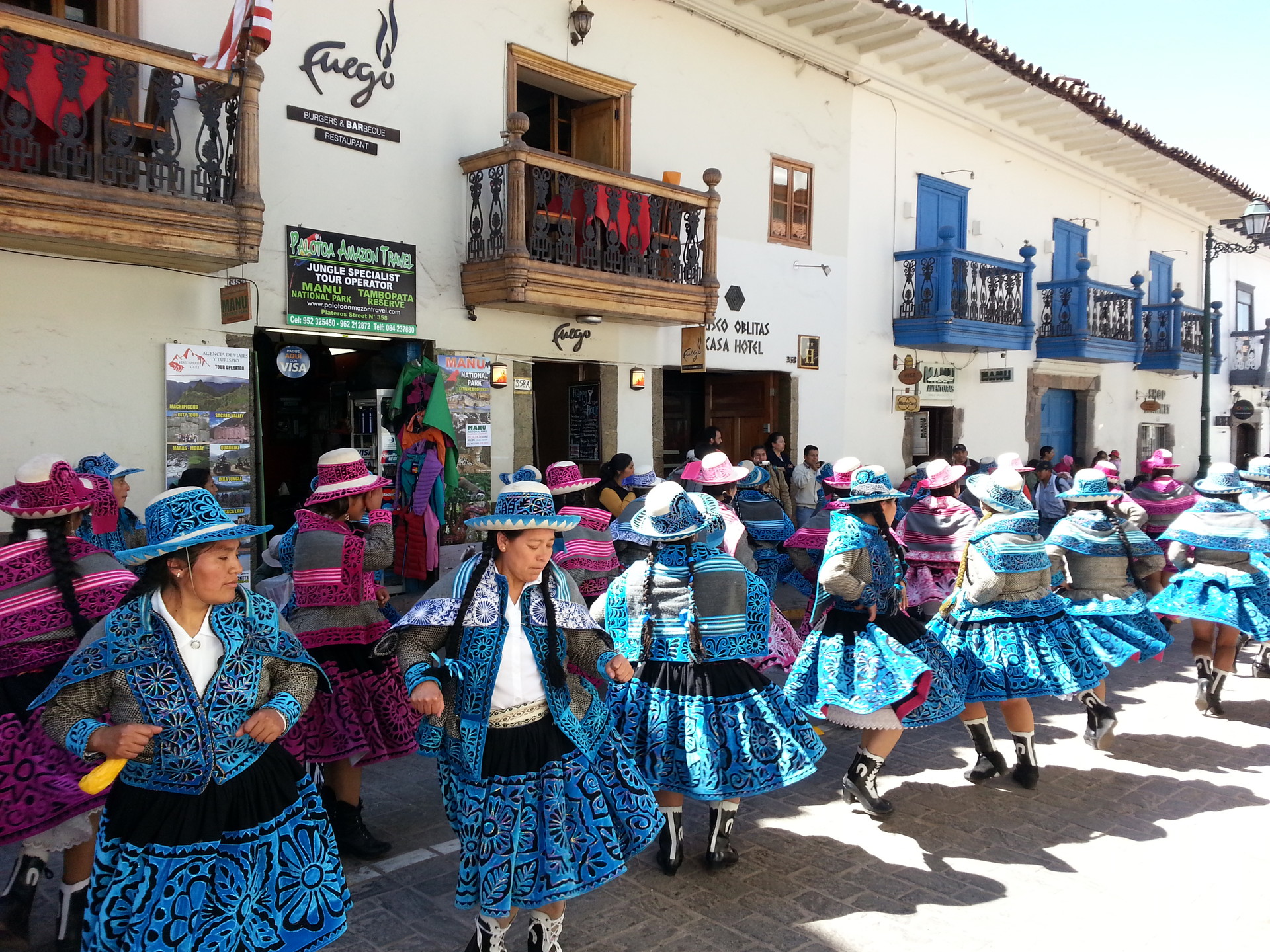
Unfortunately, not much was left of the gorgeous Cuzco that had been built by the Incas, except for some ruined walls and the foundations of homes.
During the Spanish times, the baroque Santo Domingo Convent was built on top of the Incan Temple of the Sun. It contains the archaeological remains of Inca stonework.
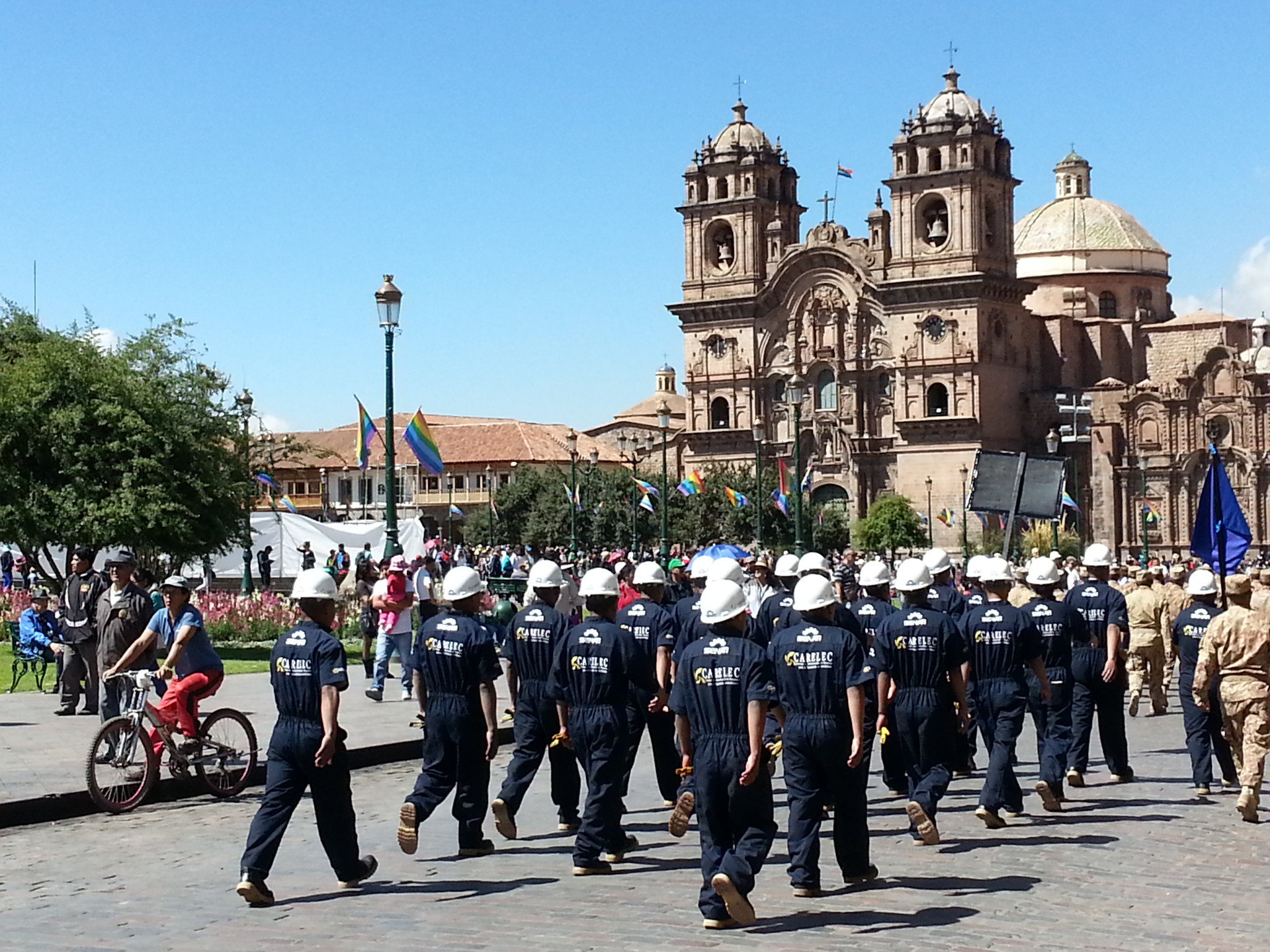

Europeans preserved the foundations of Incan houses for practical reasons –the area is prone to earthquakes and the Incas had the know-how to build earthquake-resistant structures.
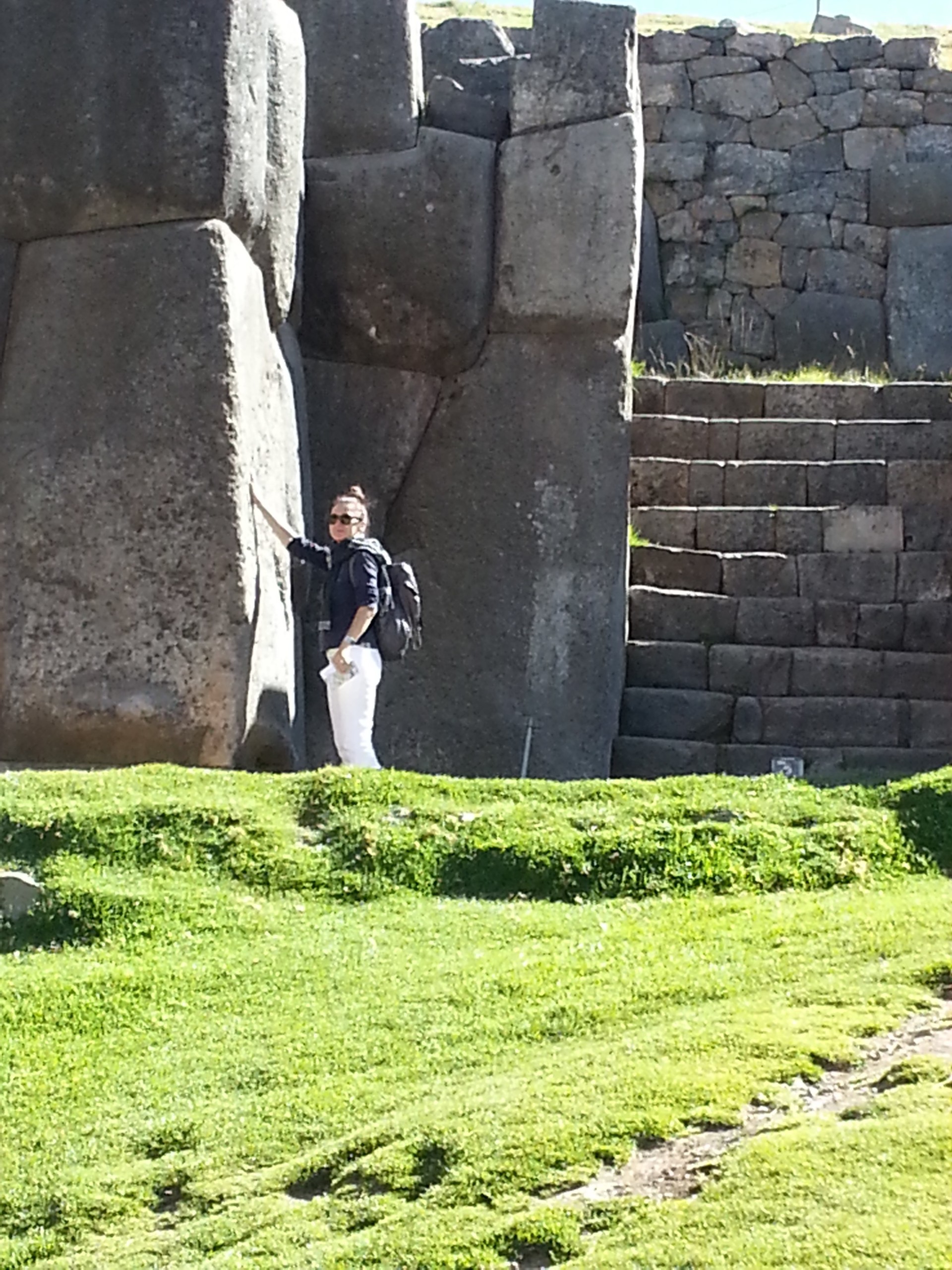
The architecture of Incan buildings deserves special attention, as they didn’t use cement or other binders. This allows stones to adjust freely between each other during the earthquake.
Temperature
Despite its closeness to the equator, the temperature was surprisingly cold – close to 0ºC (32ºF) in the night and early morning. Having only summer clothes, and going to Machu Picchu in the very early morning, I decided to purchase some warm things. There were plenty of shops on the streets of Cuzco with a lot of options for woolen cloth. I bought a very nice sweater, hat, gloves and long socks made with llama yarn. The set was very light and comfortable. I could bargain in the shop, which was a fun way to save money. I purchased the clothes for the low price of 10 USD.
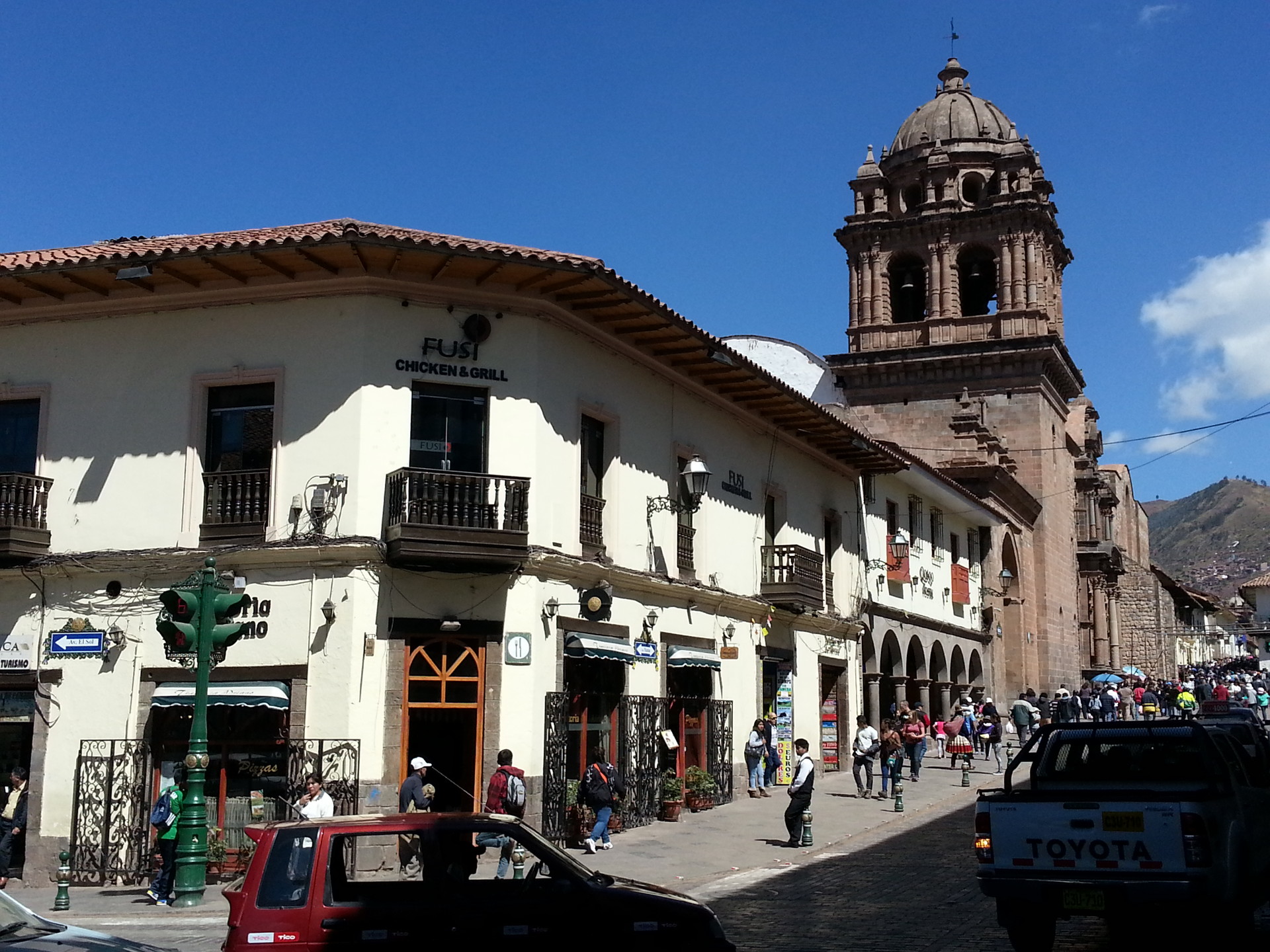
At midday, the air temperature rises to 20-25ºC, so you should have a good-sized rucksack to put your warm stuff in. It’s also a good idea to bring along sunscreen and sunglasses.
Food

The food in Peru is generally very tasty, partly because the local people use spices, lime and coconut. I like the idea and taste of limes, whether in drinks, soups or main meals, and the same goes with coconut. The rule of thumb for a choosing a restaurant is to visit a place in high demand, i. e., one with a lot of customers. If you are on a tight budget or you don’t want to spend too much on food, look for places with a lot of locals.
I found a simple place with a removable kitchen where chicken soup was served. It was the most delicious chicken soup I had ever tried. Of course, they squeezed lime juice on request and added some spices if the customer wished.
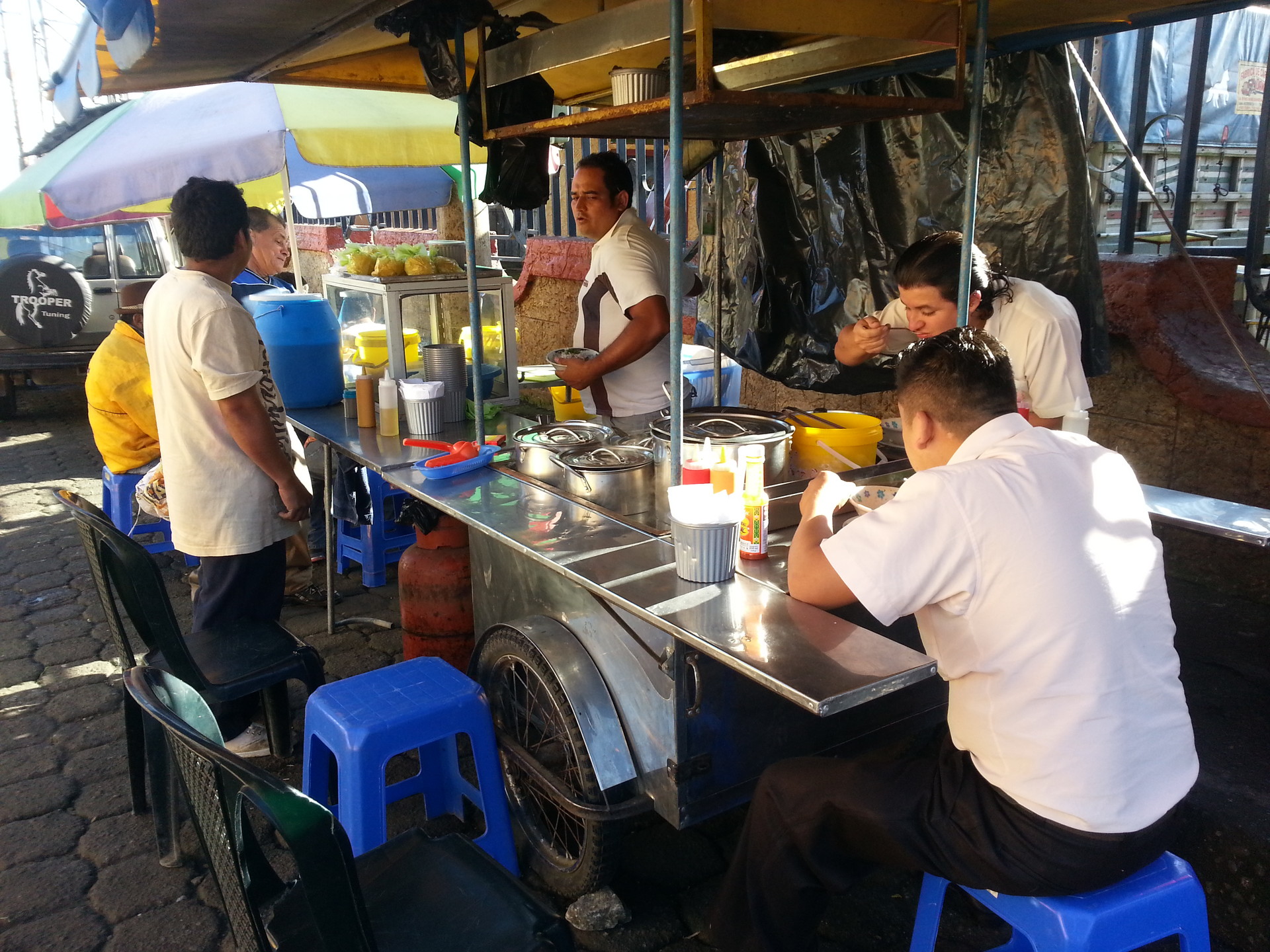
Besides the chicken soup, my favorite meal in Peru became Pescado encocado or fish with coconut sauce. It’s served with rice and vegetables and a big portion of it costs about 5 USD (4, 5 EUR).
When you are in Cuzco and ask people what is worth trying in terms of local cuisine, everyone advises you to have a guinea pig, which is a traditional delicacy in Cuzco. This is definitely a meal you won’t find anywhere else (at least nowhere else that I know of) and you are on a hook!
You can find a roasted guinea pig at the marketplace and eat it on the move or go to a restaurant and try it in a more comfortable setting.
Using a navigator on my smartphone, I found a restaurant that had been well-rated by TripAdvisor. Only local people were there. The pig was served with nuts, beans and other local specialties. The disappointing part was that the meal was cold and the meat was hard; however, it looked like all the people around me enjoyed it. I didn’t find the meal delicious and I also felt pity for the poor little pig that had been executed for me.
The best mocktail in Cuzco (and Peru overall) is a mix of coconut milk and pineapple juice. And, of course, try the local soda drink – Inca Kola!
Sightseeing
Sightseeing with a local tourist guide is a must in Cuzco. If I remember correctly, sightseeing is available every day. It starts at 10 a. m. in Cuzco’s main square and lasts for three or four hours. Ask your hostel for more information.
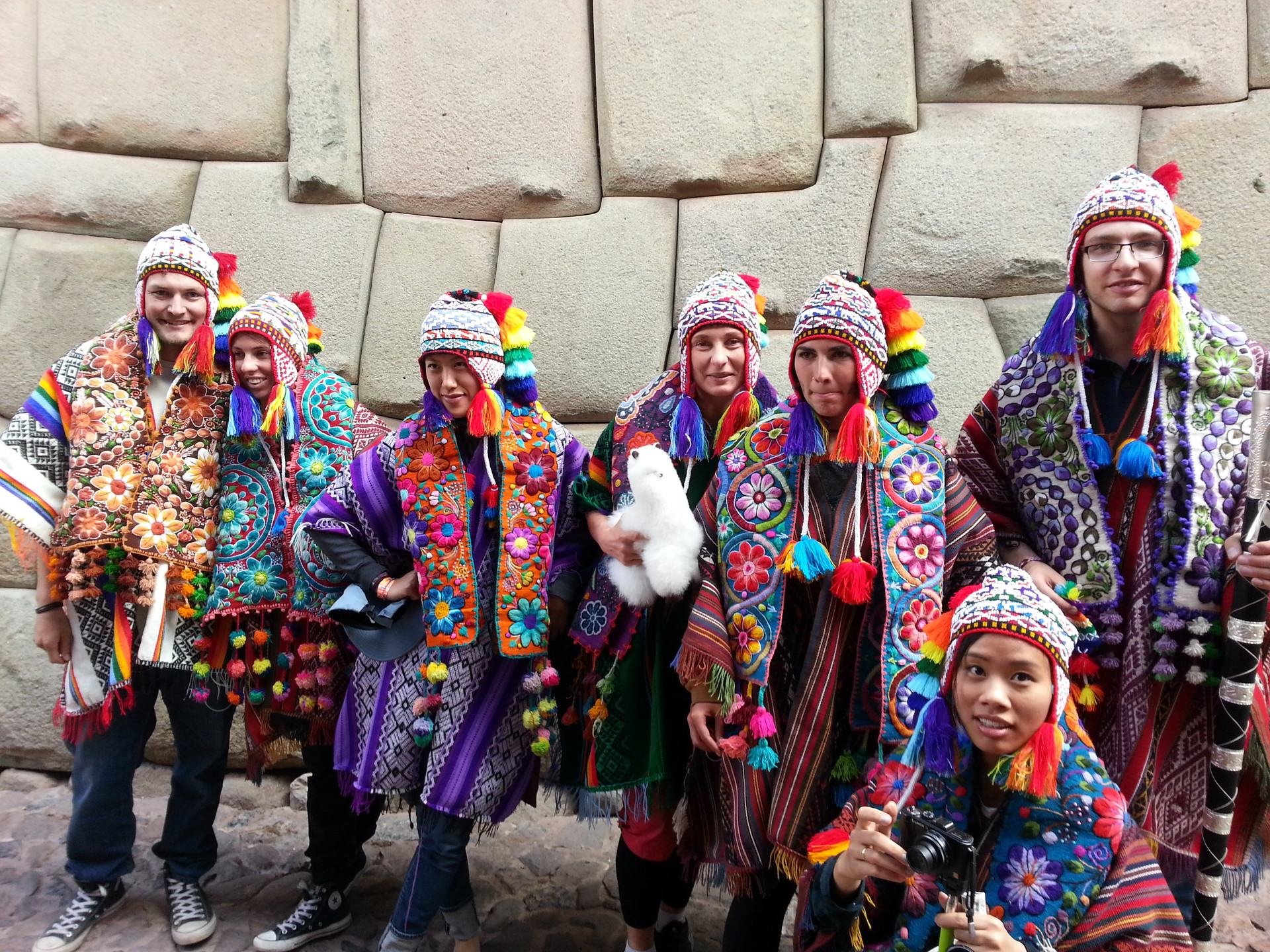
The sightseeing is free, though you can give a tip if you enjoyed it.
The tourist guides in Cuzco are well-educated, fascinated about the topic and willing to answer your questions. In addition to Incan history, they will give you hints for further investigation into Incan culture, including hidden and not-so-hidden places to eat, drink, shop or entertain yourself.
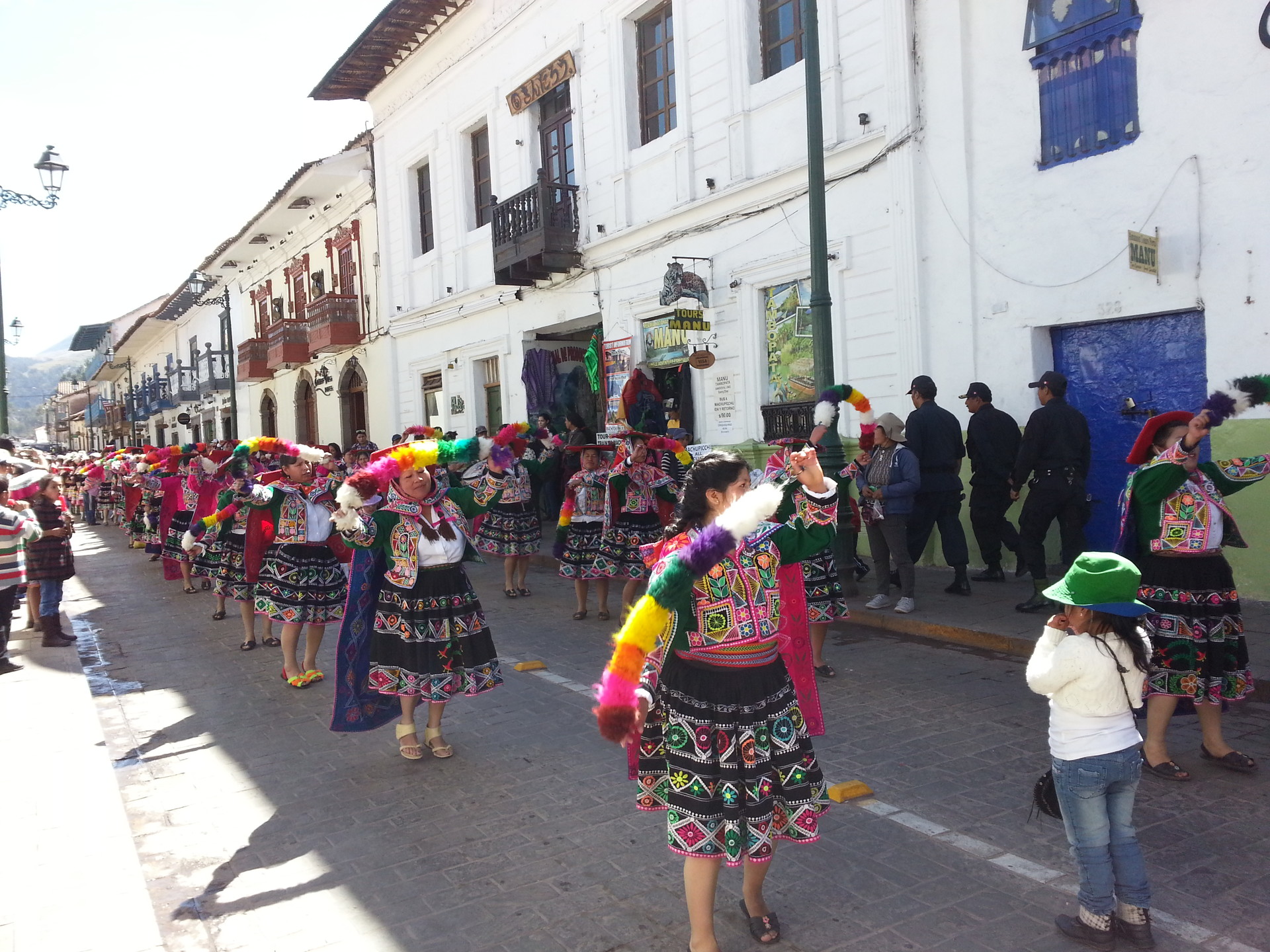
Photo gallery
Content available in other languages
Share your Erasmus Experience in Cuzco!
If you know Cuzco as native, traveler or as exchange student... share your opinion on Cuzco! Rate different characteristics and share your experience.
Add experience →
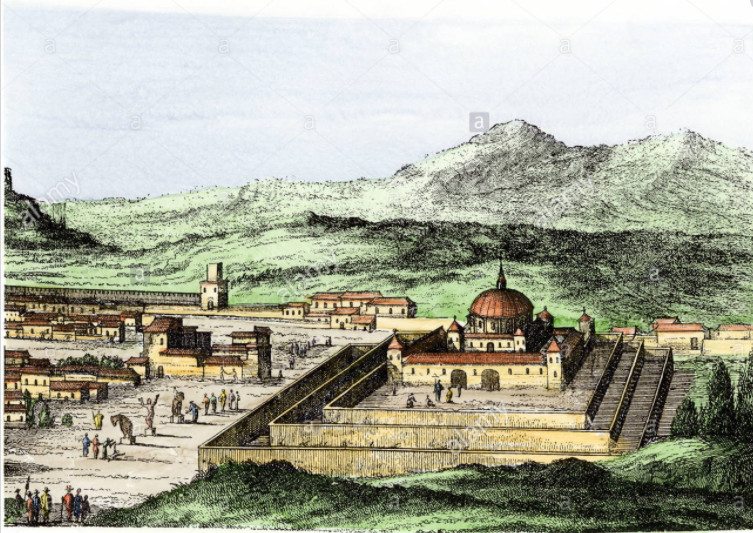






























Comments (0 comments)